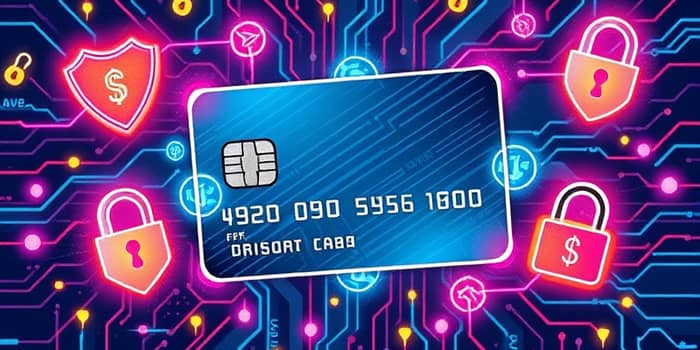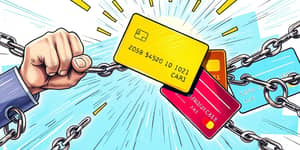
In today’s digital economy, credit cards power millions of purchases every day. Yet, each swipe or tap carries inherent risk. Understanding how modern security mechanisms work can turn a vulnerable payment into a fortress of protection. This article guides you through the essential features, best practices, and emerging trends that keep your transactions safe.
From in-store purchases to cross-border online orders, credit card security relies on multi-layered, end-to-end digital defenses designed to thwart fraudsters at every turn. By combining hardware innovations, cryptographic protocols, and real-time monitoring, the payment ecosystem has evolved to meet the demands of an ever-shifting threat landscape.
High-profile data breaches and skyrocketing fraud costs have raised alarms across industries. In 2024, global losses due to payment fraud topped billions of dollars, eroding consumer trust and damaging brand reputations.
Behind every stolen card detail lies a real person facing financial and emotional fallout. Simple errors—like ignoring an unexpected account alert—can cascade into months of dispute processes and credit damage. That’s why adopting robust security measures isn’t just technical—it’s personal.
Credit card issuers deploy a range of technologies to ensure every transaction is genuine. No single feature is foolproof on its own; together, they form an integrated shield against common threats.
EMV chip technology generates a unique transaction code for each purchase, rendering cloned cards virtually useless. Meanwhile, contactless payments and NFC encryption let you tap to pay with confidence, as short-range signals and cryptographic safeguards prevent eavesdropping.
PIN authentication adds a second layer of security for in-person transactions, requiring a confidential code to complete a purchase. For remote purchases, the CVV or CVC code validates that the cardholder physically possesses the card.
Online, two-factor and multifactor authentication combine something you know (a password) with something you have (a phone or device). One-time passwords (OTPs) delivered via SMS or email further ensure that only authorized users can finalize sensitive transactions.
Tokenization replaces sensitive card data with random tokens during and after payment routing. Even if intercepted, tokens are worthless to thieves. Complementing this, SSL/TLS encryption secures data in transit, making interception and tampering exceedingly difficult.
To catch suspicious behavior in real time, banks and payment processors employ automated fraud detection systems that analyze spending patterns and flag anomalies. Combined with instant account alerts, these tools empower you to react swiftly to unexpected charges.
Behind the scenes, businesses must comply with the Payment Card Industry Data Security Standard (PCI DSS) and maintain rigorous firewall and network security protocols. These measures protect stored data, segment networks, and continuously monitor for unauthorized access.
Even the most advanced technologies fall short if users don’t follow security hygiene. Adopt these habits to fortify your personal defenses:
Organizations handling payments must build security into every layer of their infrastructure. Key strategies include:
Fraud tactics continue to grow in sophistication. Common threats to watch for include:
The horizon of payment security is bright. Biometric authentication—using fingerprints, facial recognition, or voice prints—promises seamless and fraud-resistant logins. Meanwhile, artificial intelligence and machine learning power dynamic fraud detection, learning from each transaction to refine risk models in real time.
Regulators continue to evolve standards, pushing for stronger encryption, faster breach reporting, and tighter data handling protocols. Businesses and consumers alike must stay informed and agile to keep pace with these changes.
Credit card security is more than a set of technical measures—it’s a shared responsibility. By understanding the tools at your disposal and adopting vigilant habits, you can shop, travel, and conduct business with confidence.
Embrace proactive security practices today, and transform every transaction into a safeguarded exchange. With knowledge, preparation, and the right technologies, you hold the power to protect your financial future.
References













